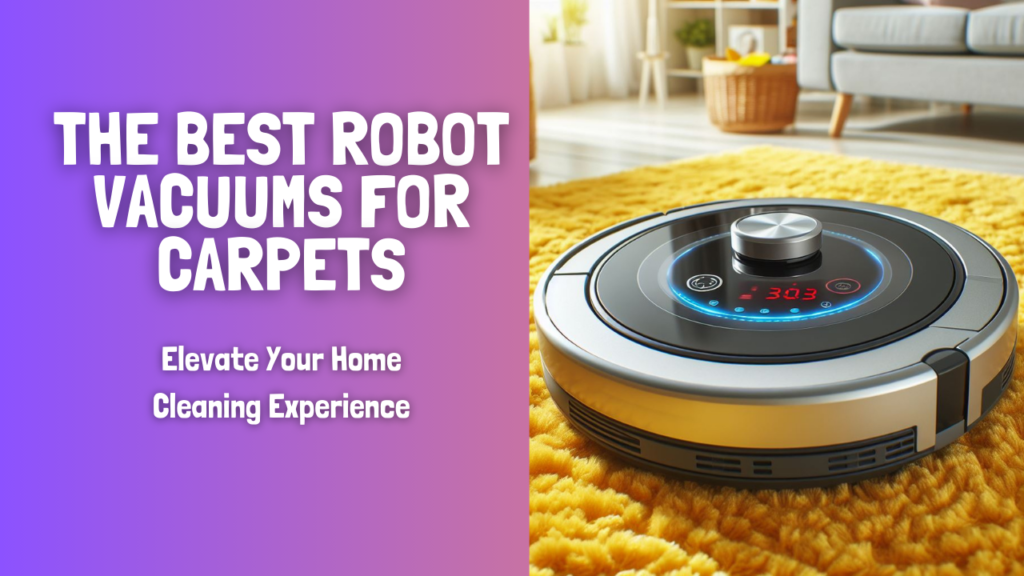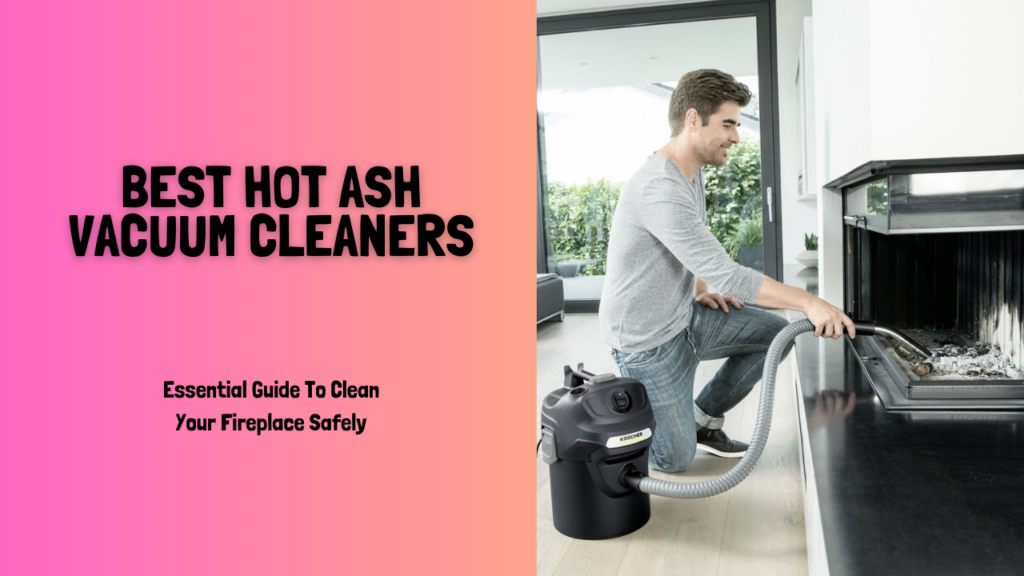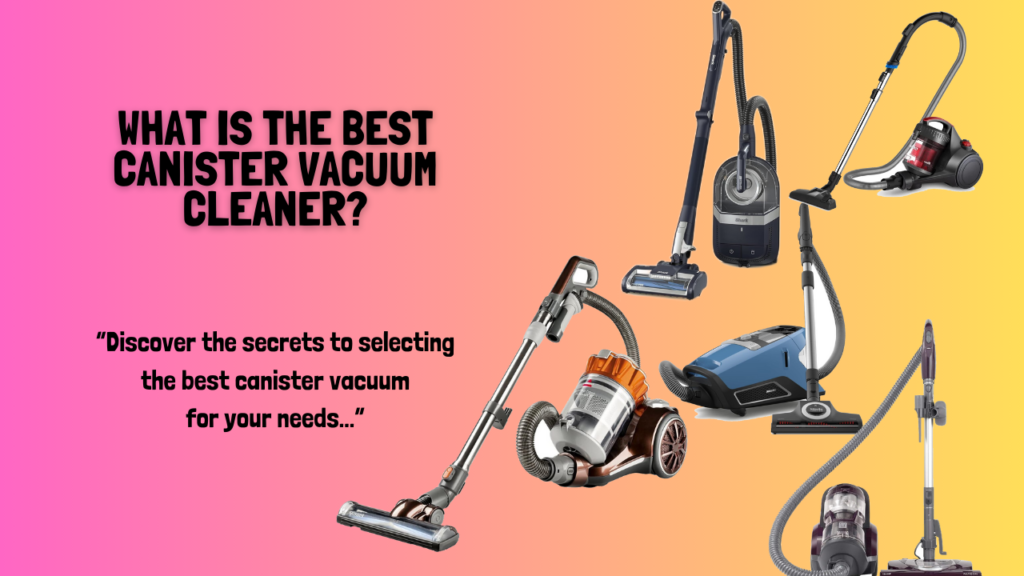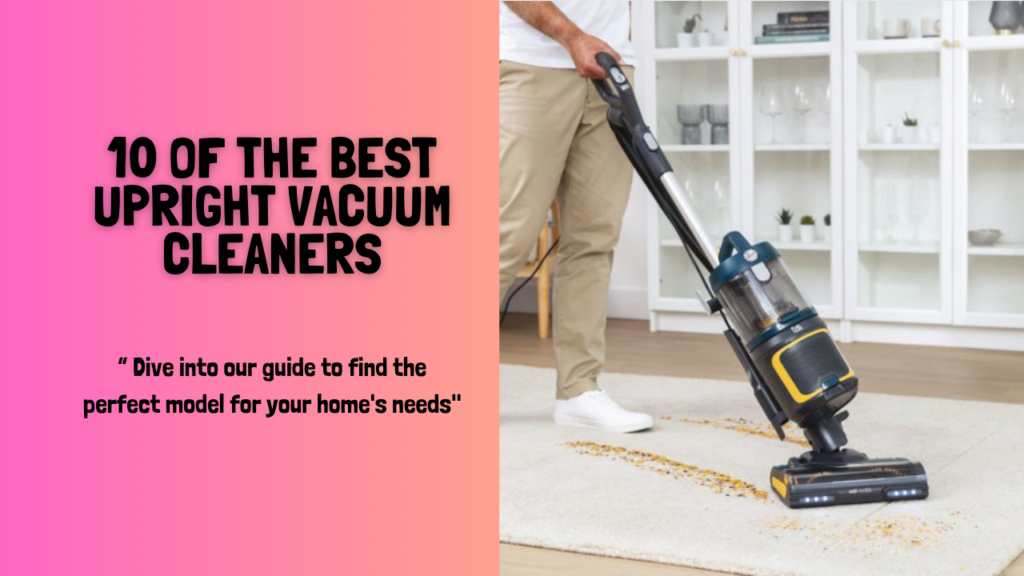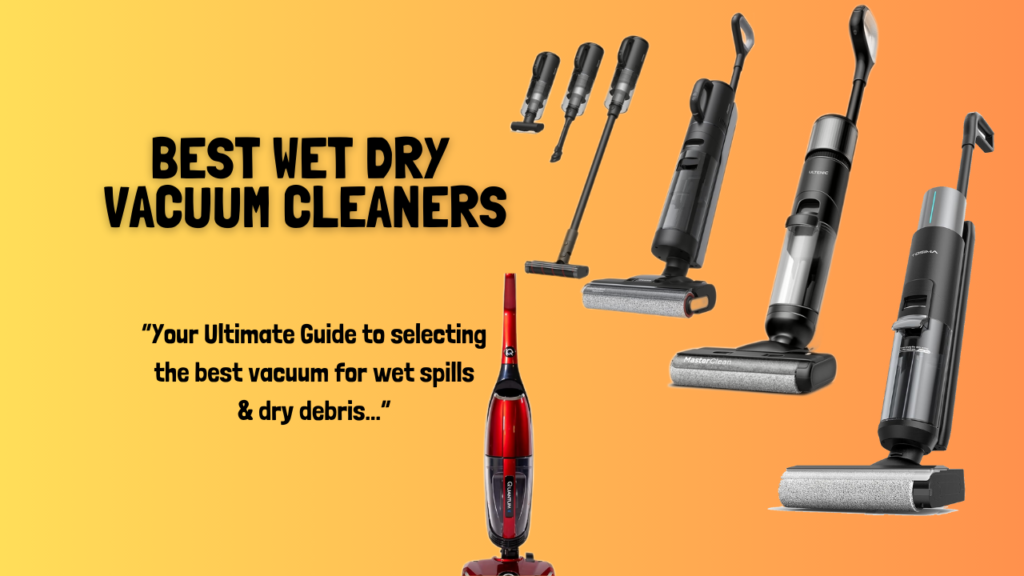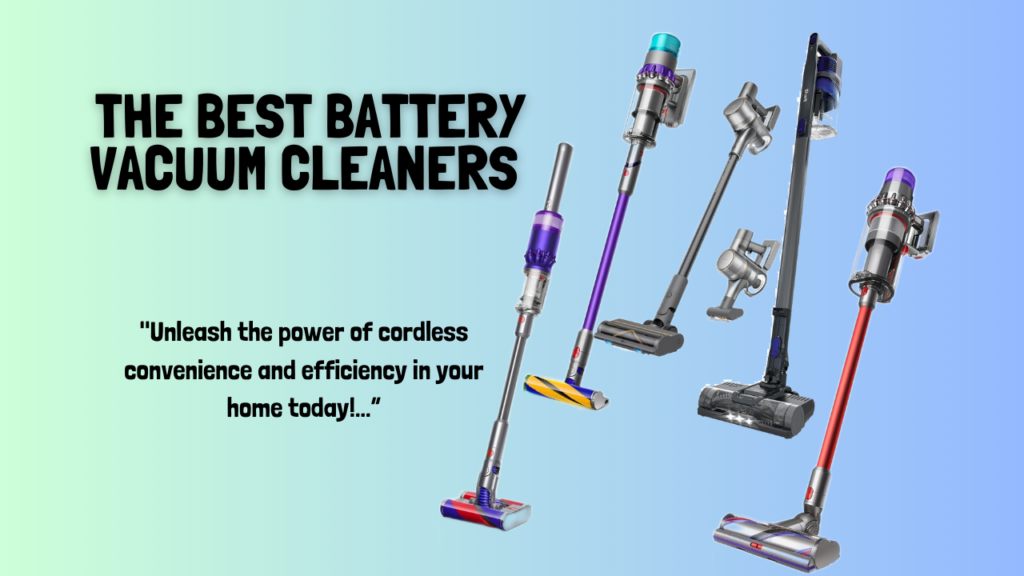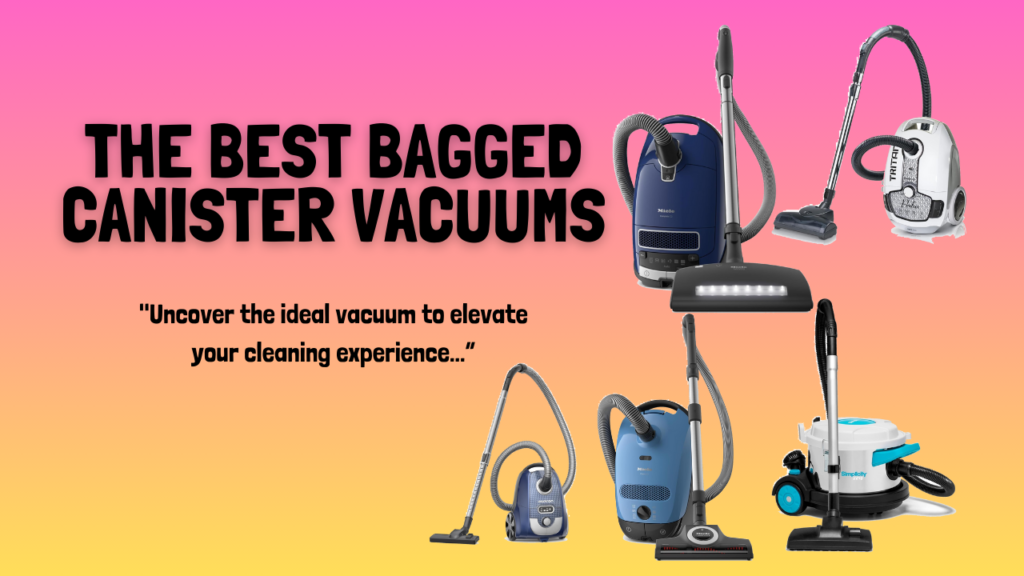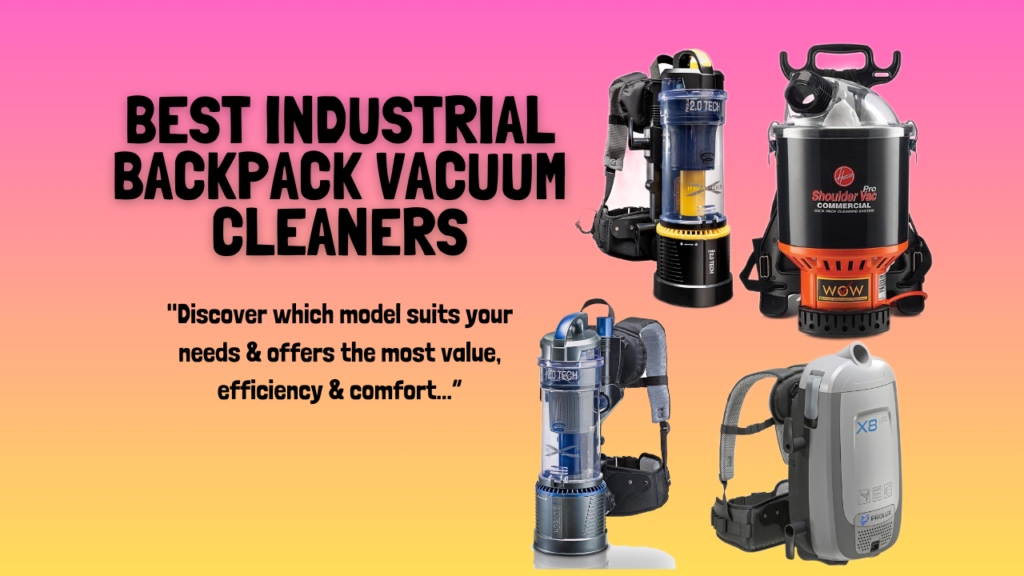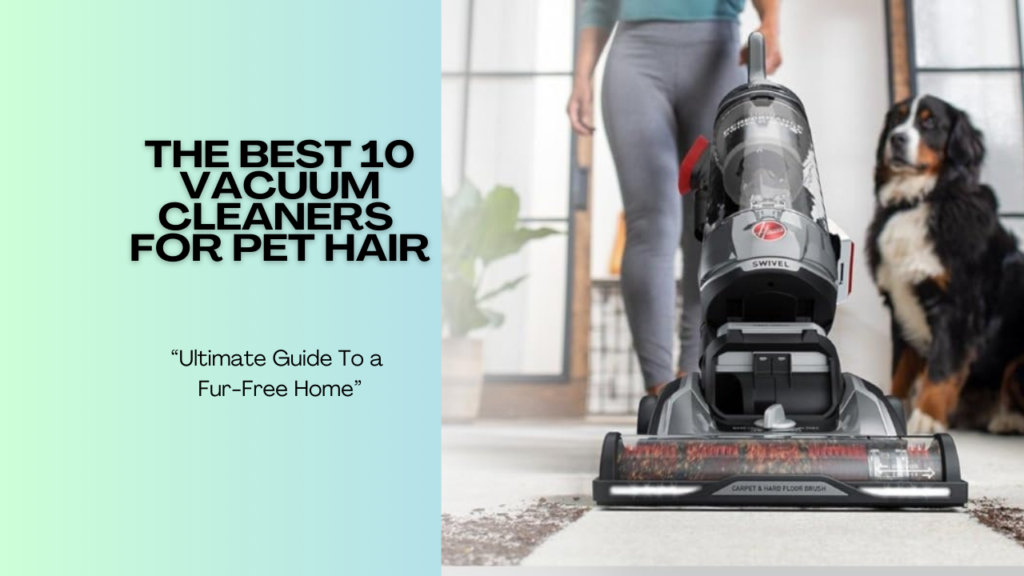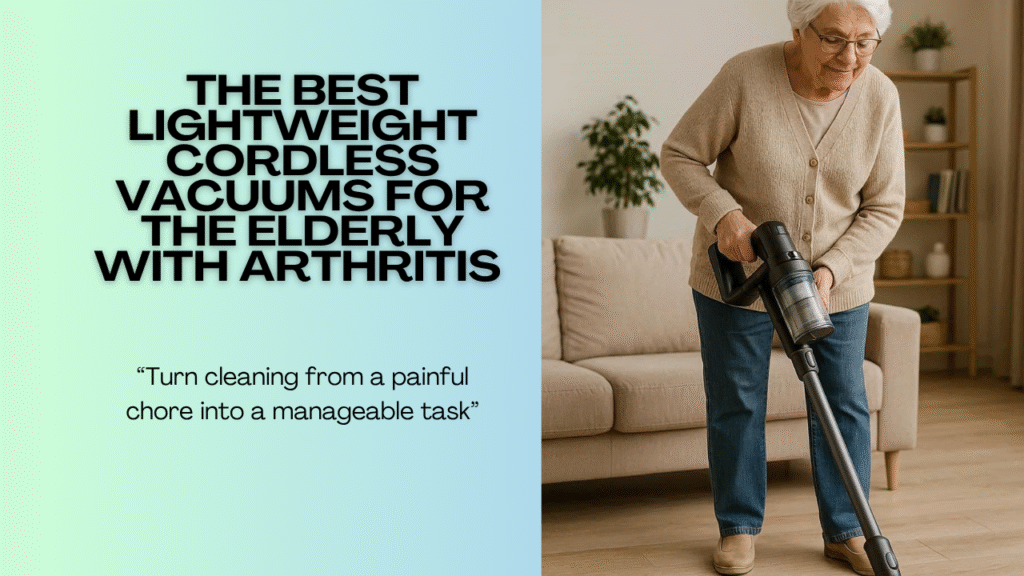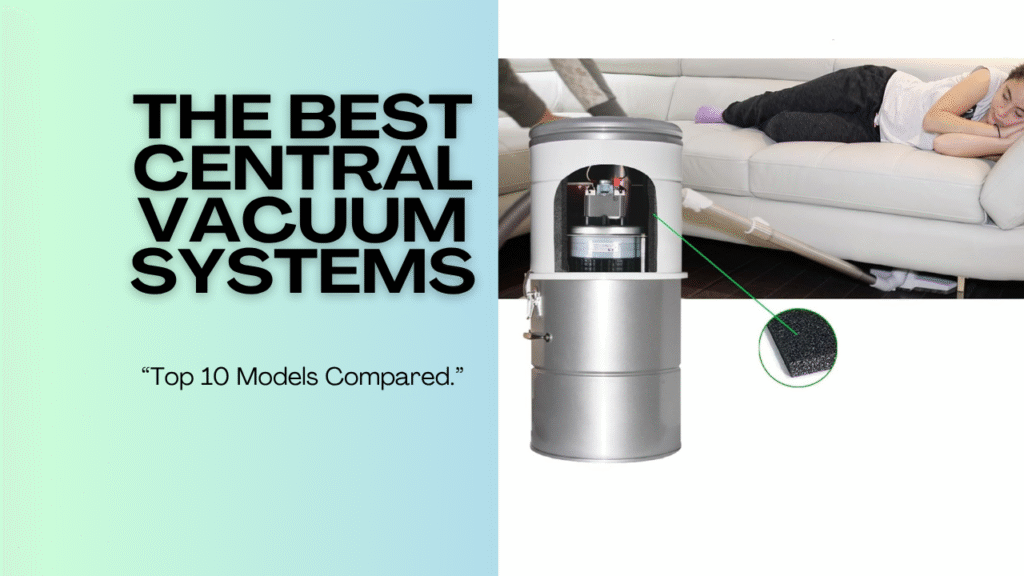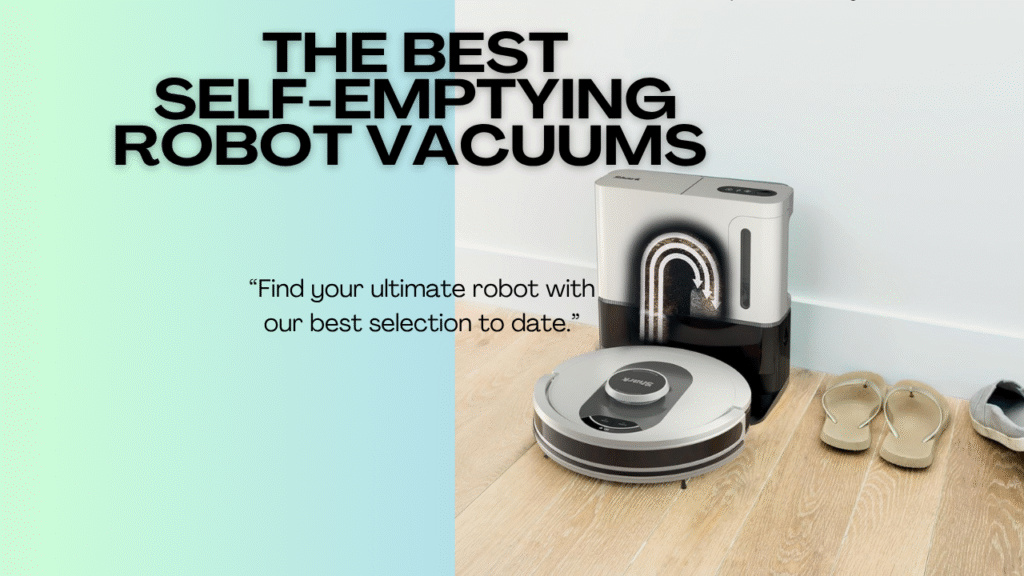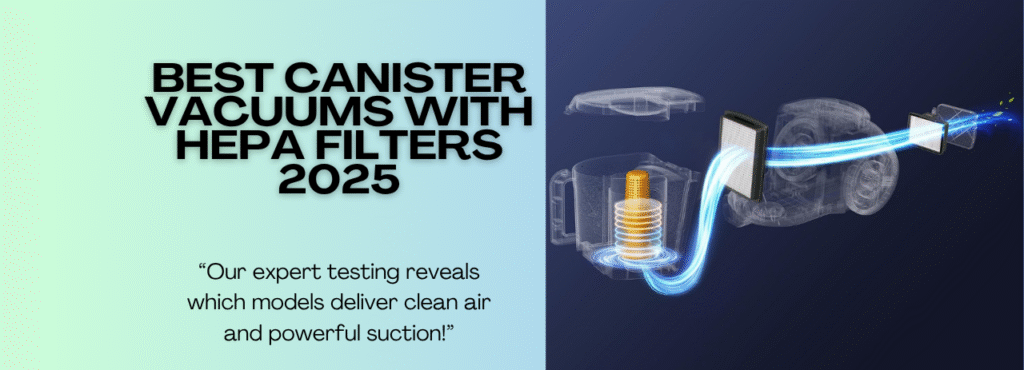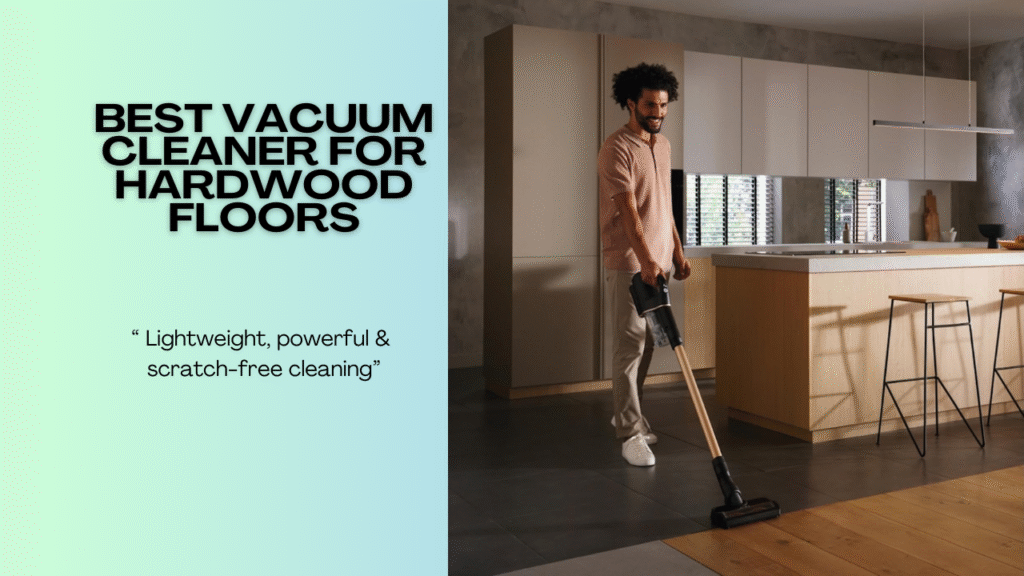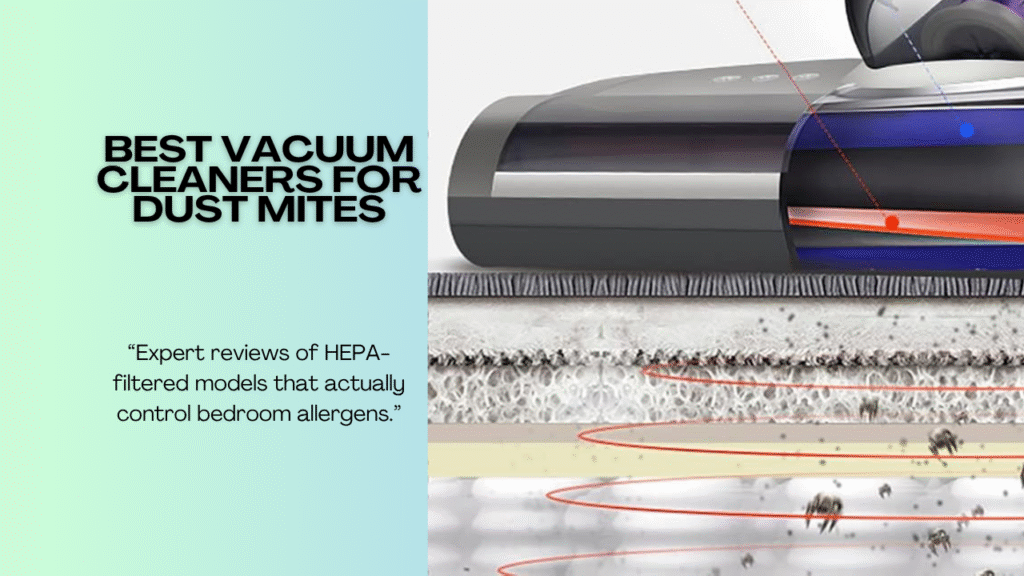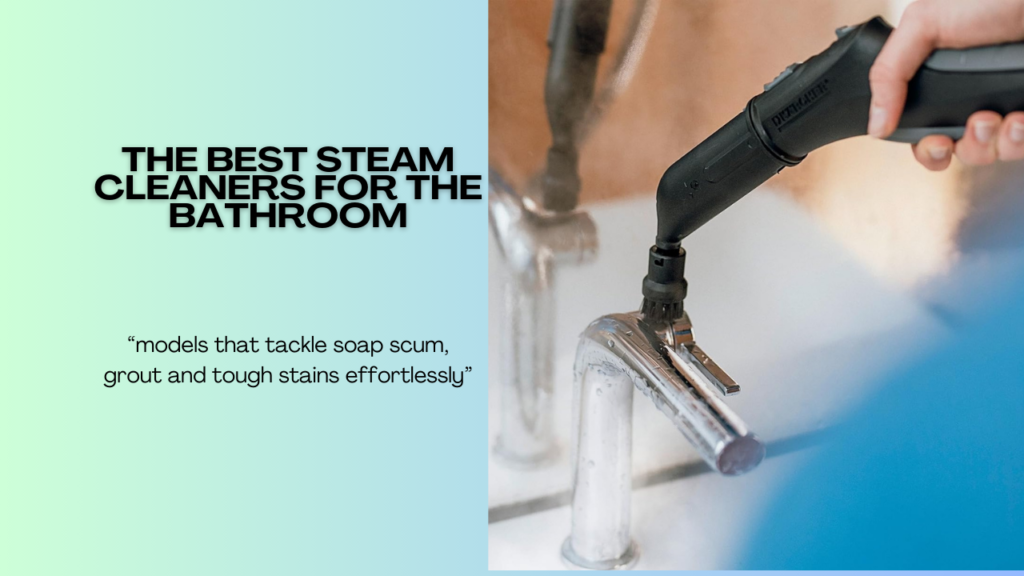Table of Contents
How to Buy a Paper Shredder
Did you know that every day, identity theft victims about 500 people? Shredding documents is the most effective approach to ensure that fraudsters do not take critical information. They can’t utilize information dumped with your trash to commit fraud or identity fraud.
Shred any paper holding sensitive or personal information, according to privacy experts.
Shredding potentially sensitive material is also an important aspect of a company’s data process management. It helps the company comply with GDPR requirements and avoid severe fines.
What are the benefits of purchasing a paper shredder?
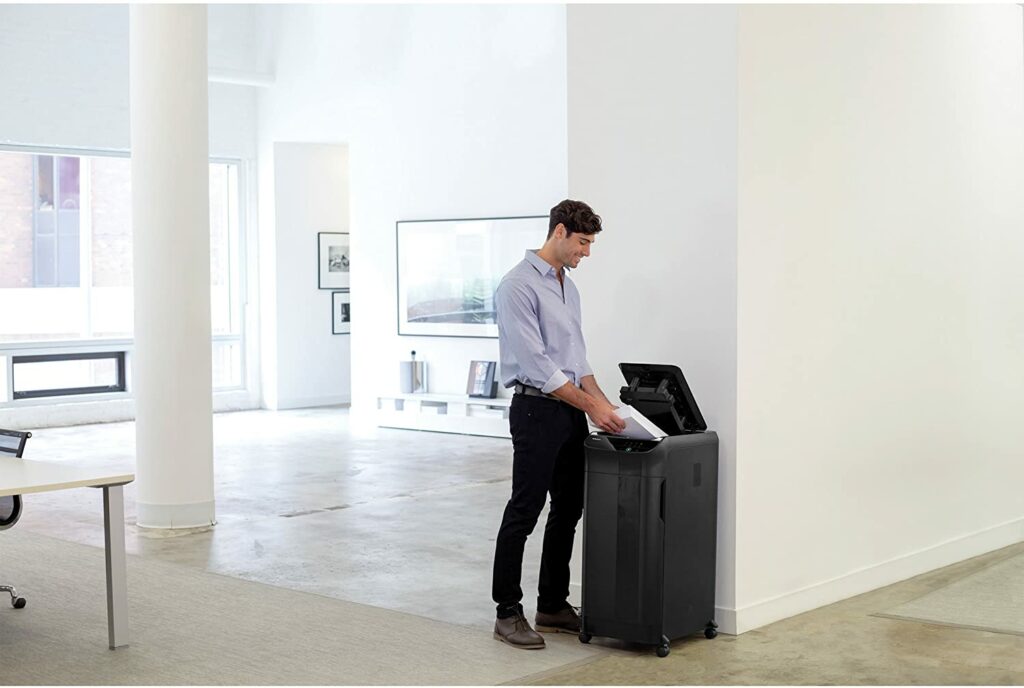
Data security is one of the key reasons for purchasing a shredder. Whether you wish to shred personal documents at home or client information. Many people believe that GDPR applies only to electronic data, but this is not true.
GDPR requirements also apply to paper-based data, therefore it’s critical that businesses treat EU-based personal data with care.
Whether you’re a business or a consumer, our shopping guide will assist you in selecting the right paper shredder. Protecting you against identity theft and other fraudulent activities if your sensitive data falls into the wrong hands.
Recommended for You: Best Home Paper Shredder | Why You Actually Need Shredders in Your Home
How a paper shredder can help you stay safe at home or at work:
- Paper shredders can help you protect both your personal and commercial data.
- Protect your customers’ and clients’ personal information.
- Allow us to assist you in avoiding fines and legal action as a result of non-compliance with GDPR legislation.
- Assist you in avoiding a data breach that could result in negative publicity and reputation damage.
It is critical that you get the appropriate shredder for your requirements. Before you go out and buy a shredder, there are a few things you should think about.
How to Choose the Best Shredder
There are numerous crucial elements to consider when choosing the best paper shredder for you. Whether you want to protect yourself or your business from identity fraud, comply with data protection legislation. You can also simply clear up clutter around your home or office. Click here for information on what to shred.
In order to find the shredder that best matches your needs, asks yourself three basic questions.
- Where to use the shredder?
- What is the amount of protection?
- Which shredder features will make your life easier?
Where to use the Shredder?
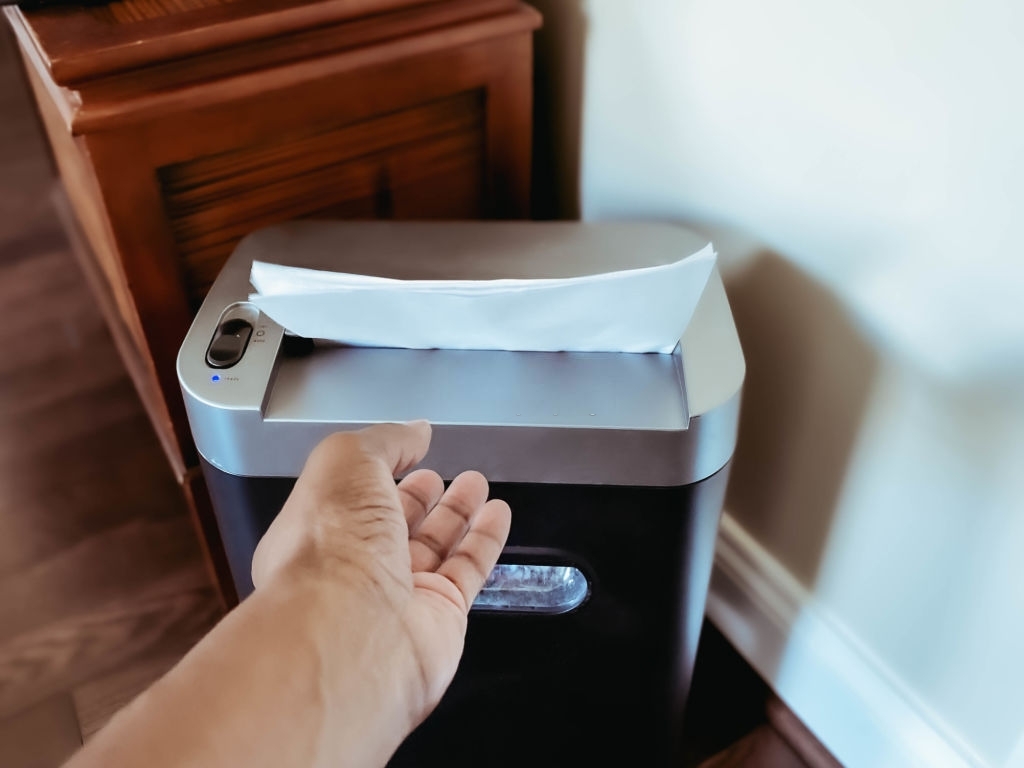
Shredders can be utilized in a variety of business and home settings. Consider how many people will be using the shredder and how much paper they will need to shred at once.
The run time of a shredder refers to how long it can keep shredding without needing to cool down. In bigger office settings, numerous individuals may be required to shred one after the other. Shredding may be less frequent at home, thus the shredder would only need to run for a few minutes.
The sheet capacity refers to the number of sheets of paper that can be shred simultaneously; the larger the sheet capacity, the faster enormous stacks of paper may be torn.
Some brands offer a wide range of strip-cut, cross-cut, and micro-cut paper shredders for a variety of applications. Including personal shredders for the home and small office, small and home office (SOHO) shredders for more frequent use.
Commercial shredders for large office environments, high-security shredders for extremely confidential shredding, and auto-feed shredders that offer a continuous feed. To go with our shredders, we also provide a selection of shredder supplies.
What Security Level Is Required?
The severity of the materials you’re shredding will determine your security requirements. Security levels are measured in DIN levels. The smaller the cut size, the stronger the protection against identity fraud. The higher the DIN Level, the smaller the cut size.
A strip-cut shredder provides rudimentary security by slicing each A4 sheet into 36 strips. Because confetti-cut bits are incredibly difficult to assemble, a cross-cut shredder would provide superior security against ID fraud.
A micro-cut shredder provides better protection for extremely secret papers. They shred one piece of paper into over 2000 pieces, making it nearly hard for identity thieves to reassemble documents.
Fellowes also offers DIN 5 and 6 shredders, which provide the highest level of security for the most sensitive data.
Which Shredder Features Make Life Easier for You?
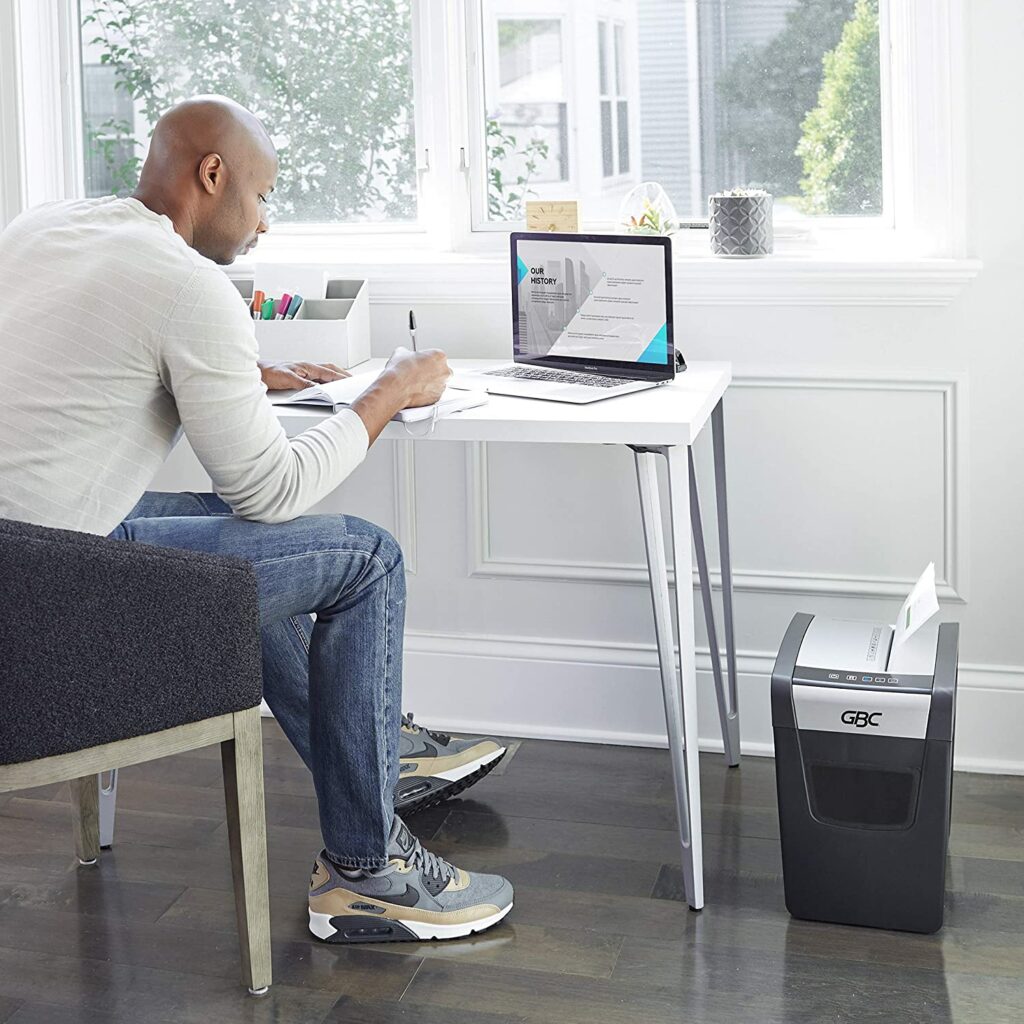
You may then start looking at the unique features that can make the shredding process easier, faster, and safer. After you’ve chosen the essential specs to meet your usage and security requirements.
Paper jams, the number one consumer frustration while shredding. It is addressed by unique features, as well as safety for added peace of mind, and much more.
Shredder Type
Strip-cut, cross-cut, and micro-cut shredders are the three types of shredders.
Shredders that shred in strips. They’re ideal for shredding paper clips and non-confidential documents. However, keep in mind that these texts are shred vertically into very legible sections.
Recommended for You: Best Electric Leaf Mulcher Shredder – For a Clean and Leaf-Free Lawn
A4 paper is often torn into 36-38 particles.
Shredders with a crosscut blade. Shredding sensitive documents and paper clips is a breeze with this equipment. Vertically and diagonally, the documents are shredded into little particles that are difficult to read. Typically, they shred an A4 sheet of paper into 380-400 particles.
Shredders that shred at a micron level. Shredding highly sensitive documents and credit cards have never been easier. They tear documents into incomprehensible shards. They can shred an A4 sheet of paper into 3,800-4,000 bits.
Security Level
Every shredder specification includes a security level that is assigned a DIN number. Deutsches Institut für Normung (DIN) is an acronym for Deutsches Institut für Normung.
It is an international standard for data destruction. Knowing the DIN number of the shredder you want to buy is vital since it will tell you how secure.
DIN P-1, P-2, and P-3 are the standard security levels for non-confidential data.
DIN P-4 is a high-security designation for sensitive data.
P-5, P-6, and P-7 are recommended for very sensitive data and high security.
Sheet Capacity

The sheet capacity indicates how many sheets of paper may be fed into the shredding machine.
You may not need a shredder with a large sheet per load capacity for your home office. With light usage, 10 sheets each load should be sufficient.
Bin Capacity
It’s easy to overlook the bin capacity. But remember that a large bin means you’ll be emptying the trash less regularly.
And it can be inconvenient to be interrupted from your work to do that chore.
Runtime and Cool Downtime
It’s crucial to know how long a shredder will run will take to cool down before you buy it. It’s also crucial to look at how they’re connected.
Avoid buying a product that has a short runtime but a significant cooling period. This can lead to lengthy wait times.
High runtimes and short cooling times are common characteristics of the finest machines.
Again, knowing your usage is critical in order to select the most appropriate equipment for your requirements.
How to Take Care of Paper Shredders
It is your job to ensure that your paper shredders are functioning properly and maintained on a regular basis. Here’s how to keep your paper shredder in good working order so your company is better protected.
1. Set aside time to empty your shredder on a regular basis
After you’ve shredded your documents, commercial paper shredders have a spot where all of the strips go. You should empty your high-capacity paper shredder at least once a month, depending on how much paper your business shreds. Even if the bin isn’t full yet, this should be done. You’ll never forget to empty this vital piece of equipment if you stick to a regular routine.
2. Make sure your shredder is in good working order.
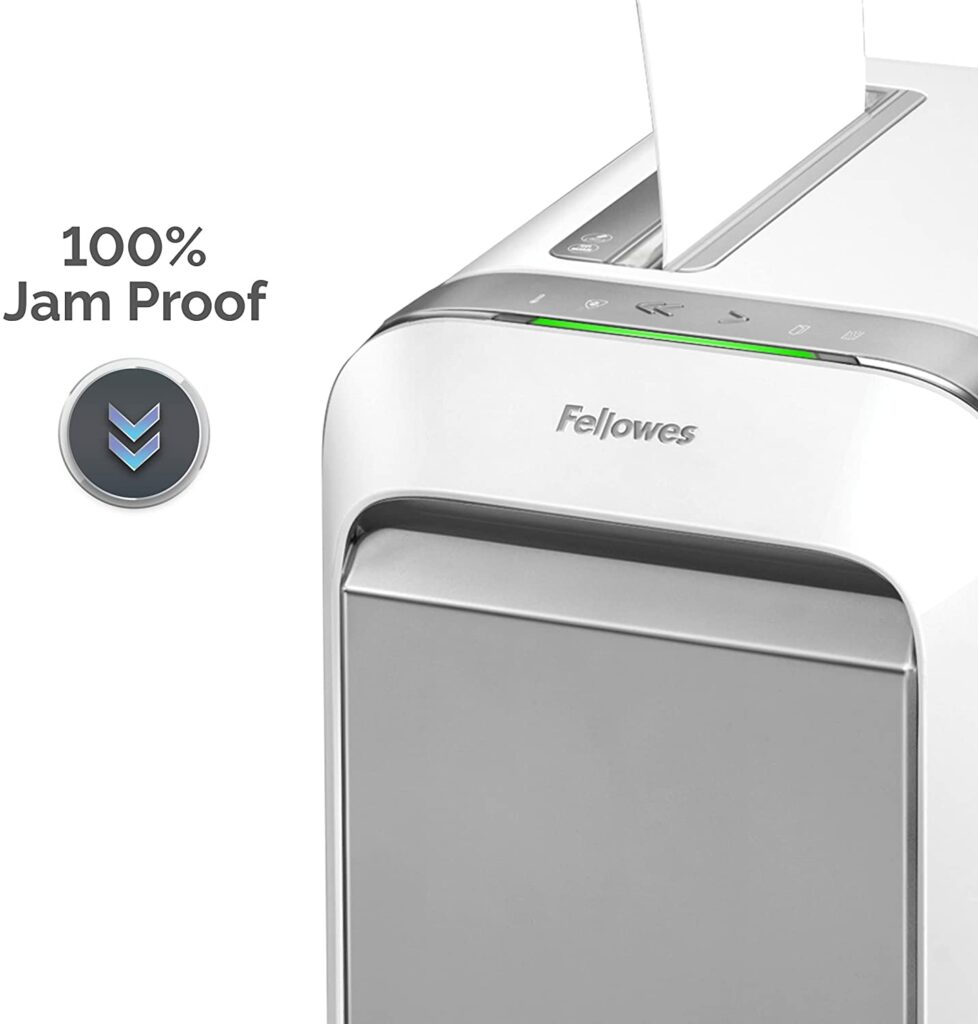
Paper dust collects in the cutting assembly of your high-security paper shredder as it shreds documents into tiny strips. Paper fragments may also become lodged in the blades, causing blockages if not removed. You will have to clean out the mess yourself if your industrial office shredder becomes clogged.
Remove the shredding assembly from the plastic bin by unplugging it and removing the shredding assembly. To access the shredder’s blades, remove the shredder’s backing. Remove any paper that may be creating the jam slowly and carefully. Shredder blades are quite sharp, so proceed with caution.
3. Keeping Your Shredders Lubricated
Paper dust and small fragments of paper gather in whirling metal blades of shredders as they chop up paper. Your safe paper shredders will shred paper slower and noisier than usual as a result of this. Oiling your paper shredder will assist if this happens.
Pour oil on paper in a zigzag pattern while oiling your shredder. Oversaturating the paper will result in a mess. After then, run this paper through your shredder. The blades will pick up a coating of oil as they chop up the paper and redistribute it.
4. Making Sure You’re Using Your Shredder Correctly
If commercial paper shredders, like all other machinery, are properly maintained, they will last longer and work at their best. Make sure the shredder isn’t overworked, meaning you’re not putting it through more volume than it can handle. Even if your shredder is a multi-page paper shredder, you must not fold the paper before putting it in.
It’s critical not to force paper into the shredder; instead, gently place the paper into the machine, and the machine will begin shredding on its own. To avoid harm, make sure all of your paper shredders are turned off when not in use.
Final Thoughts
A paper shredder is a mechanical device that shreds paper into strips or small particles. Shredders are used by government agencies, enterprises, and private persons to destroy private, confidential, or otherwise sensitive papers.
Before you buy a paper shredder, whether you’re a business or a consumer, read our buying advice.


